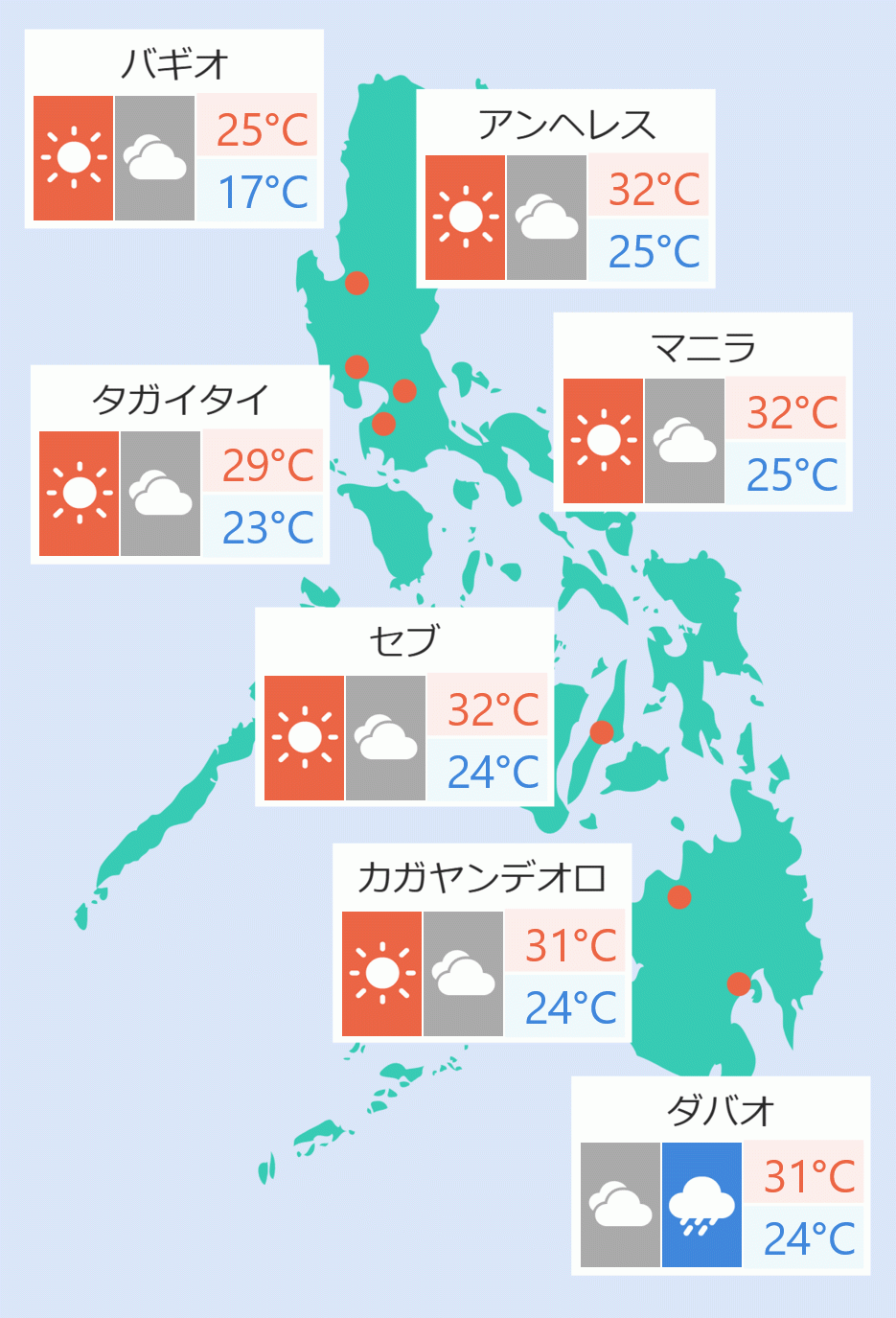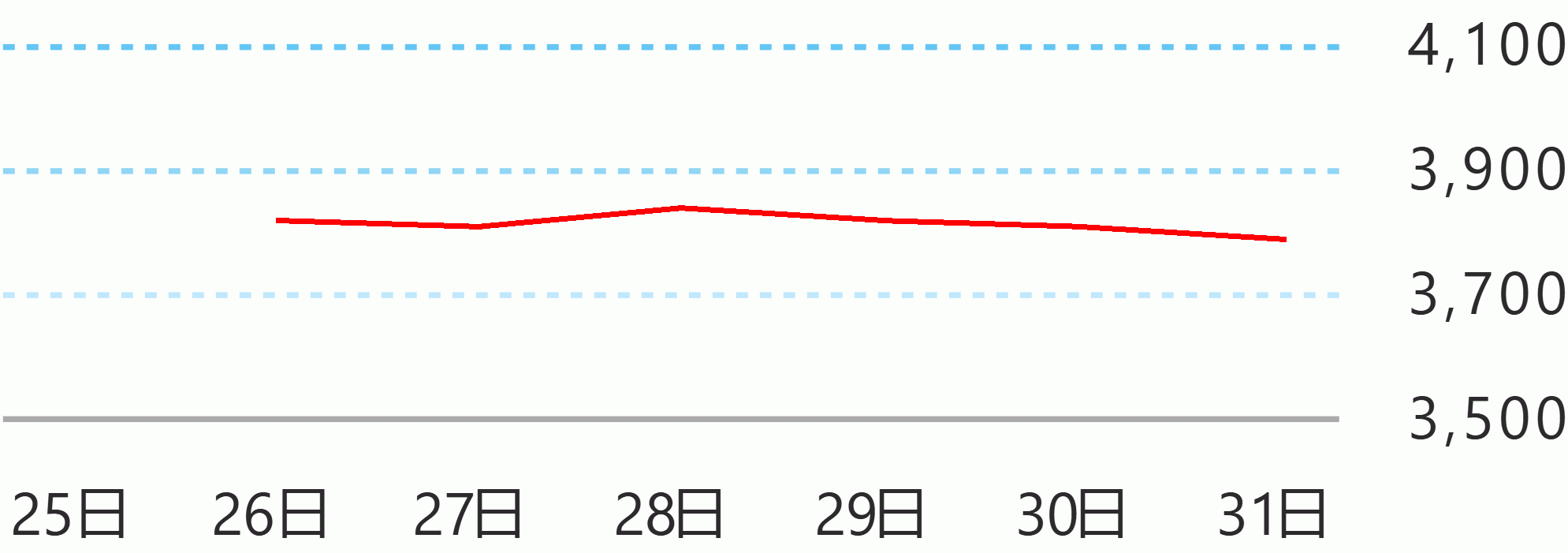The Monetary Board approved the new set of 2022 and 2023 balance of payments (BOP) projections during its March 17 meeting. The current set of BOP projections incorporates latest available data as well as recent emerging developments.
The assessment of the BOP outlook for 2022 and 2023 takes on a more guarded view as the ongoing Russia-Ukraine conflict complicates the global and domestic recovery picture, magnifying the disruptions and uncertainties caused by the pandemic.
The heightened volatility in both international financial and commodity markets could spill over to the domestic economy of emerging market economies including the Philippines.
Meanwhile, the direct economic linkages of the Philippines with Russia and Ukraine are limited. However, the conflict could negatively impact our major trading partners and present headwinds to the domestic economy.
On the upside, prospects for investments, remittances, and the business process outsourcing (BPO) revenues remain vibrant supported by these sectors’ track-record of resilience.
The push for the full reopening of the economy this year alongside the continued purposeful rollout of vaccination efforts, which now extends to the younger population, are also expected to boost overall business climate.
In addition, the passage and implementation of major structural reforms, particularly the CREATE Law and FIST Act, should help expand opportunities in the external sector. The expected passage of the amendments to the Public Services Act, which will allow greater foreign ownership in telecommunications, airlines and railways, could also herald increased foreign investments and competition in these industries.
Against this backdrop, the emerging 2022 overall BOP position is seen to reverse to a deficit of $4.3 billion (-1.0 percent of GDP) from a surplus of $0.7 billion (0.2 percent of GDP) in the December 2021 projection exercise.
This is seen to be driven by the significant increase in the current account deficit for 2022 of $16.3 billion (-3.8 percent of GDP) from $ 9.9 billion (-2.3 percent) on the back of the further widening of the trade gap.
This reflects the projected acceleration of goods imports by more than twice the growth rate of goods exports at 15 percent and 7 percent, respectively, amid improving domestic demand as well as surge in international oil prices.
On the other hand, both services exports and services imports are expected to post double digit growth rates this year of 11 percent (from 5 percent) and 12 percent (from 10 percent), respectively. This follows the marked upgrades in the growth forecasts for both tourism revenues and BPO receipts given expectations of full reopening of the economy starting this year.
The forecast on cash remittances from overseas Filipinos (OF) is retained at 4 percent in line with its long-term growth trend.
Other key factors supporting the forecast are the renewed demand for OFWs abroad as host economies open up to foreign workers, increased use of digital money transfers, as well as the embedded altruistic motives behind the remittance behavior of OFs.
The financial account is anticipated to register higher net inflows of $10.9 billion from previous projection of $9.5 billion. The sustained uptrend of non-resident foreign direct investments (FDI) inflows of $11 billion, robust portfolio inflows supported by planned issuances of initial public offerings (IPOs) as well as programmed foreign borrowings by the government are among the key drivers of the financial account this year.
The emerging 2022 GIR is seen at $108 billion (8.4 months of import cover), lower than the previous forecast of $112 billion (9.2 months of import cover) reflecting latest trends.
The 2022 GIR will be supported by foreign borrowings by the government as well as the potential augmentation in the volume of gold purchases.
For 2023, the overall BOP position is forecasted to register a lower deficit of $2.6 billion (-0.6 percent of GDP) from the projected 2022 level of $4.3 billion (-1 percent of GDP), as the current account deficit is expected to be tempered by the robust net inflows in the financial account during the year.
The current account is seen to remain in deficit of $17.1 billion (-3.7 percent of GDP) due mainly to the sustained widening of the trade gap as both goods exports and goods imports expand by 6 percent each.
This is seen to be partially offset by the growth in trade in services as services exports are forecasted to grow by 9 percent while trade in services imports by 8 percent.
Growth prospects for OF remittances in 2023 remain unchanged at 4 percent as base effects are expected to fade and as the recovery of partner economies stabilize to pre-pandemic levels.
With more widespread achievement of inoculation targets in 2023, both consumer confidence and business sentiment are expected to further improve and economies increasingly reopen, which bode well for international tourism and OF workers’ deployment prospects.
Meanwhile, FDI and FPI inflows are anticipated to reach $11.8 billion and $6.7 billion, respectively, supported in part by the expected recovery in domestic economic activity and implementation of investment-friendly reforms.
The forecasted GIR level in 2023 of $109 billion anticipates continued NG foreign currency deposits to address the country’s full recovery from the pandemic.
There is also scope for increasing gold holdings in the GIR, as a hedge against projected rising inflation and to maintain more than sufficient reserves against possible adverse market volatilities as policy normalizations continue well into 2023.
The BSP continues to emphasize limitations to the forecasts, particularly given renewed heightened uncertainty at this time. The BSP will continue to monitor closely emerging external sector developments and risks and how these may impact the BSP’s fulfillment of its price and financial stability objectives. BSP




 English
English











